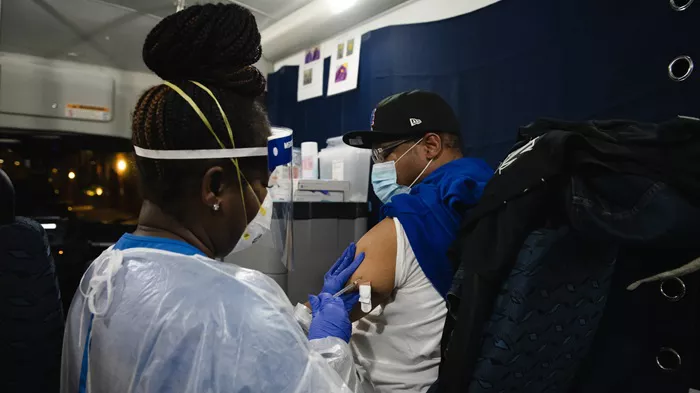UK Health Security Agency (UKHSA) scientists have highlighted four virus families that could potentially cause the next global pandemic. These emerging threats, which range from common viral families to lesser-understood pathogens, have been deemed high risk by experts who warn that some of these viruses could prove far more deadly and difficult to control than the COVID-19 pandemic.
The UKHSA has identified four primary virus families that pose a significant pandemic risk. These include:
Paramyxoviridae – Known for diseases such as measles and the Nipah virus, which can cause brain swelling and death.
Picornaviridae – Includes enteroviruses that can lead to polio-like diseases, including acute flaccid myelitis (AFM), which causes muscle weakness and paralysis.
Coronaviridae – The family that includes the viruses responsible for COVID-19 and MERS (Middle East Respiratory Syndrome).
Orthomyxoviridae – Known for influenza viruses, including the deadly bird flu.
The Paramyxoviridae family is of particular concern due to its potential to cause a new form of measles, a virus already linked to deadly outbreaks. With global vaccination rates dropping, scientists fear that a new measles variant could emerge, leading to widespread infections. Measles is known to suppress the immune system, leaving individuals vulnerable to other infections, a phenomenon that could further exacerbate a potential outbreak.
Mark Woolhouse, a professor of infectious diseases at Edinburgh University, warned that a novel measles-like virus would be “far worse” than COVID-19, with a significantly higher reproduction number (R) that would make it impossible to control even with strict lockdowns. This virus could also be far more lethal, especially for children, posing a significant public health threat worldwide.
Another alarming virus is the Nipah virus, which has caused outbreaks in Southeast Asia and Africa. This virus is capable of triggering fatal encephalitis (brain swelling) in infected individuals, with symptoms including fever, headache, and respiratory distress.
In addition to viral threats, the UKHSA has raised concerns about the Picornaviridae family, particularly enteroviruses like those responsible for AFM. This condition primarily affects children, causing sudden muscle weakness and paralysis. As a result, it has the potential to cripple public health systems and lead to significant societal disruption.
Dr. Isabel Oliver, the chief scientific officer for UKHSA, emphasized that infectious diseases do not respect national borders, and the risk of emerging pathogens is compounded by environmental changes and climate change. The rise of disease-carrying mosquitoes and ticks, spurred by warmer temperatures, is also an increasing concern for public health officials, as these pests are capable of transmitting a variety of viruses that could affect both humans and animals.
The UKHSA’s report, which assesses the potential for new pandemic threats, also highlights that some of the identified viruses are poorly understood due to limited research. The lack of available diagnostics, treatments, and vaccines makes these pathogens even more dangerous, particularly if they were to spread rapidly.
As the scientific community prepares for future health emergencies, the UKHSA has called for increased investment in research and development, focusing on diagnostics, vaccines, and treatments for these emerging pathogens. The agency’s efforts are aimed at ensuring the UK is well-prepared to tackle new health threats quickly and effectively.
Professor Woolhouse added that the global response to any future pandemic must be adaptable, scalable, and swift. He stressed the importance of gathering data in the early stages of an outbreak to tailor the response to the specific virus, a capability that must be developed ahead of time to ensure rapid action if necessary.
The ongoing surveillance of emerging pathogens, coupled with research into climate change’s effects on disease transmission, remains critical in preventing the next pandemic. The UKHSA continues to monitor global trends and works closely with international partners to stay ahead of potential threats.
Related Topics































